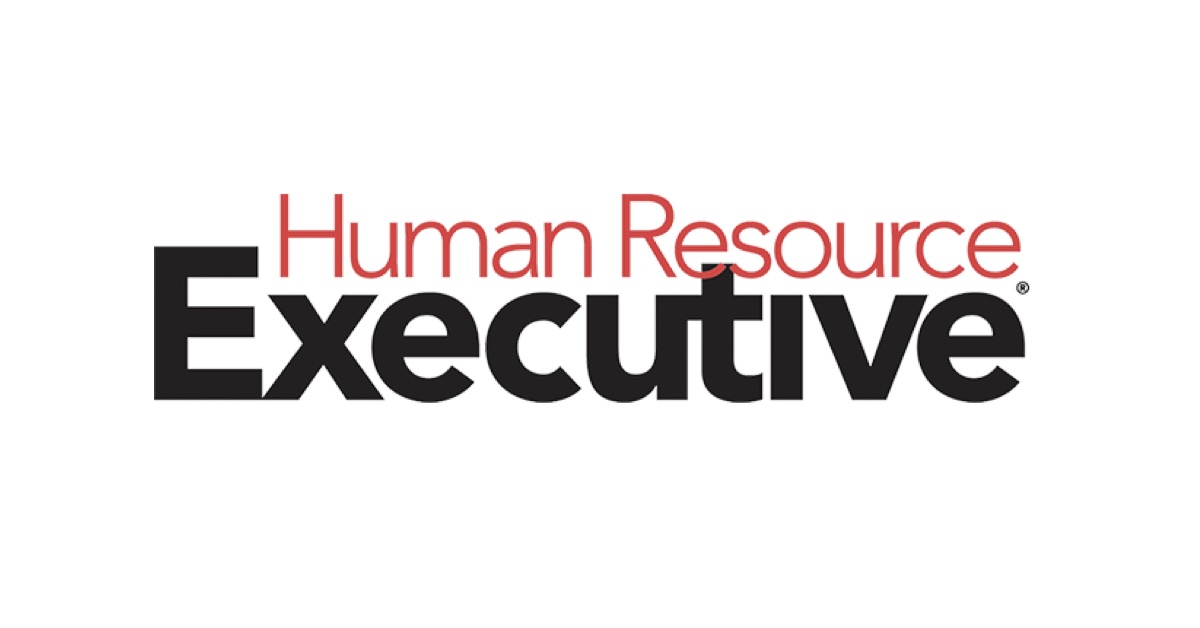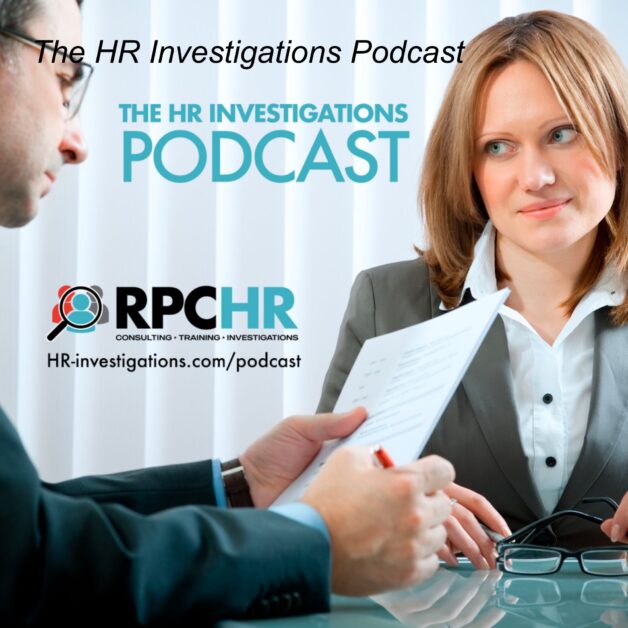A second wave of the COVID-19 epidemic is almost certain – but it’s not just the risk of another viral outbreak. Instead, experts are calling the mental health impacts of the virus the “second pandemic.”
On 60 Minutes on April 12, Dr. Yuval Neria, Professor of Psychiatry at Columbia University, said: “There is… almost like a honeymoon phase right now. There is consensus, high adrenaline… and let’s do it together. I think once this is ended, and we face the reality of the aftermath, coupled with financial difficulties and shortage of services – all of those things can rapidly elevate the risk for a second pandemic, which will be a mental health pandemic.” (Emphasis mine.)
In ordinary times, mental health is a major challenge. According to NAMI, the National Alliance on Mental Illness, 43.8 million adults experience mental illness in any given year. 10 million adults live regularly with a serious mental illness. 1 in 5 adults in America will experience a mental illness.
And these are not ordinary times. As HR and employee relations leaders, we’re charged with taking care of our teams when 20 million jobs were lost in April alone. Millions of others find themselves juggling childcare while working from home, socially isolated or lacking support. And now many of us are thinking about returning to the office — adding stress of its own.
So how can we as HR experts protect our employees – and ourselves – in such unsettling times?
Offer tools to all employees and communicate what you offer.
HR and employee relations, rightly so, are the first point of call for employees. We are not therapists, and it is not our role to provide mental health care. But we do have the obligation and privilege to connect our teams to the right resources.
At HR Acuity, we regularly speak with employee relations experts. Here are some of their tips on using tools to help with mental health:
- Offer Employee Assistance Programs and mental health benefits to laid-off and furloughed team members as well as employees.
- Consider online health platforms, such as SpringHealth, that provide a front-end to multiple therapists, EAPs, holistic healing and other mental health providers – connecting employees with the right solution.
- Publicize and ensure all employees know about the mental health solutions you offer. Regular, consistent communication is always critical and doubly so during a crisis. Consider a dedicated portal or other communication vehicle.
Destigmatize mental health by personalizing it.
Mental health still has a strong stigma in many quarters. How can you make employees feel comfortable coming forward for help? In our recent webinar with April Koh, CEO of SpringHealth, she offered this suggestion: Invite your C-level and senior executives to share personal stories of mental health experiences and struggles with your employees. Nothing removes barriers faster than relatable stories.
Document and track mental health accommodations for future learning.
This pandemic is nothing if uncharted. It’s essential to document and track all COVID-19 related mental health employee issues and accommodations so you can analyze the patterns and trends for the future.
Take care of yourself!
As HR and employee relations leaders, we are in the spotlight as we take care of our team members and manage constant communication. We must take it easy on ourselves, learn to recognize the physical signs of stress and take time out to relax.
At HR Acuity, we have a weekly team relaxation meeting, and we recently hosted a meditation expert from So Mindful who shared 5 great tips I want to share with you. Whenever you’re feeling stressed or anxious, take stock of your physical presence and use your senses. Look around you and:
- Find 5 things you can see
- 4 things you can touch
- 3 things you can hear
- 2 things you smell
- And 1 thing you can taste.
This simple grounding exercise helps to reduce anxiety and can be used anytime, anywhere.
The “new normal” isn’t going anywhere anytime soon, and many of us will be out in front helping our teams come back to the office soon. Stress and anxiety levels are likely to continue to rise – but as employee relations leaders, with the right tools, communication and processes, we’re up to the task of helping our teams, and ourselves, manage through.
Like you, I’m feeling my way forward. Let me know how any of us here at HR Acuity can be of help — and feel free to contact me directly at dmuller@hracuity.com.




